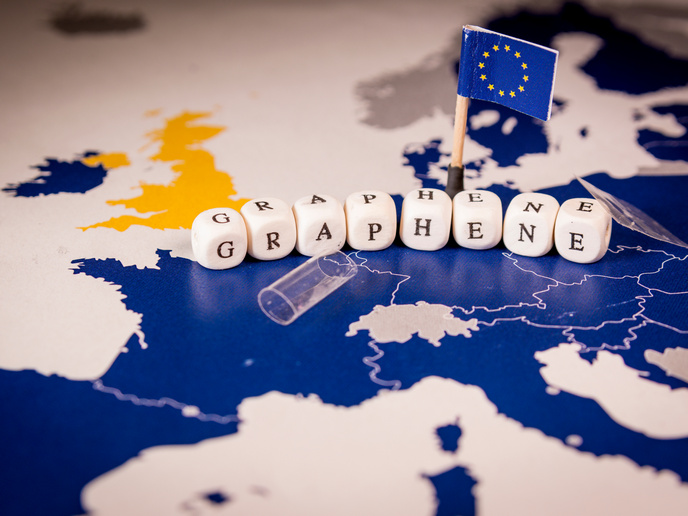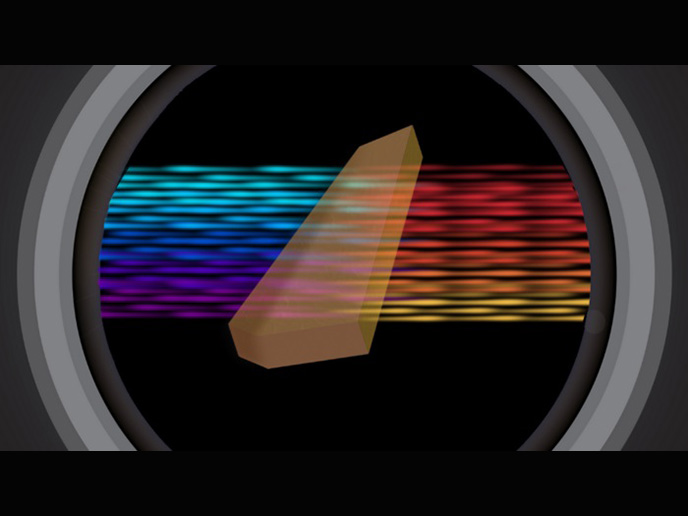Electron behaviour in graphene
With an unconventional electronic structure, graphene holds great promise for spintronics applications. Research has shown that electrons localise on the sides of graphene nanoribbons. This electronic structure resembles that of the hydrogen molecule at dissociation limit, which is the prototype static correlation system. In the EU-funded project 'Electron correlation - the electronic ground state of graphene nanoribbons' (ELECTRON CORRELATION), current theories and methods that accurately describe static correlation are applied to graphene nanoribbons. As static correlation is predominant in the molecule bond dissociation region, the project is expected to enhance understanding about bond cleavage and bond forming processes. Combining density functional theory (DFT) and density matrix functional theory (DMFT), scientists developed short-range DFT and long-range DMFT. They extended the random phase approximation method to allow for spin-polarised or unrestricted calculations. Small test system calculations revealed important new insights. The hydrogen molecule dissociation curve does not exhibit the highly discussed 'bump' at intermediate distances, but in contrast, energy saturates at physical bond distances. In addition, a fractional spin error has been observed at the dissociation limit. ELECTRON CORRELATION is paving the way toward novel spintronics applications with significant implications for the electronics industry.







